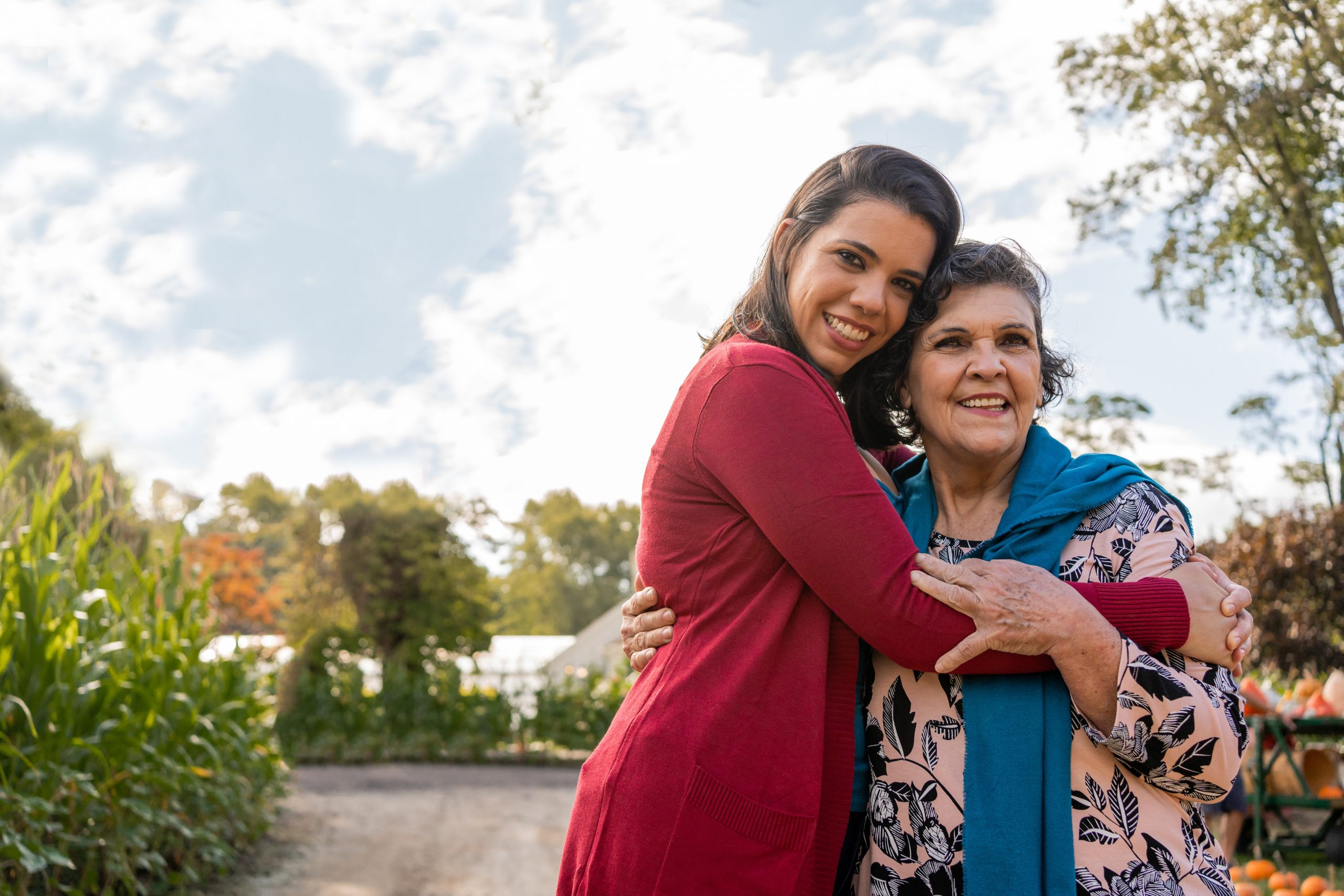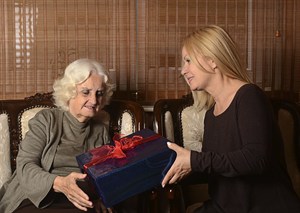In the month of April, we had over 35 caregivers go through the Virtual Dementia Tour. By participating in the tour, our caregivers are trained on how to care for our seniors that struggle on a daily basis with dementia. The insight provided by the Virtual Dementia Tour® (VDT) Comprehensive Edition alters perspectives and changes the way our staff approaches caregiving. The Virtual Dementia Tour has also been lauded as the game changer in helping staff understand what person-centered care actually entails. The bottom line is that resident quality of life will improve and caregivers will benefit from a reduction in the number of challenging situations and an increased connection to those they serve.
The Virtual Dementia Tour Comprehensive Edition, a valuable, easy-to-follow experiential training program, is designed for use by caregiving facilities and community organizations to help identify with and understand behaviors and needs of people living with dementia. It has been used to train the staff at hospitals, home care agencies, hospices, and colleges and universities. After experiencing the VDT, staff members are able to identify with, and better understand, the behaviors and needs of those with dementia. For example, one very important result of the use of the VDT is a reduction in the use of psychoactive medication once the staff has a better understanding of expected dementia behavior.
“I felt this training was invaluable, it really wakes you up to how people with dementia see and hear, and it’s certainly enlightening.
I have taken this experience forward with me in my practice and give consideration to how I approach and communicate with every new client/person I see who has dementia. I give clients more time without rushing and try to ensure that I am in a quiet environment, as much as possible on a hospital ward, I try to make sure conversations are not in visiting time periods. I have also revisited clients to allow time for them to make choices for themselves instead of letting clients be railroaded into decisions by ward staff, even if it means I am repeating myself and going over the same conversations. I have ensured understanding where possible, obtained and observed better responses, resulting in better client control and choice.”
“Firstly, may I say that I feel this type of hands-on training is excellent. For me, to actually be part of the learning experience is, I believe, imperative and stays with you long after you have forgotten or can’t find you written notes!
So, my example is that I needed to go to a nursing home to discuss a safeguard for a resident. Whilst there I noticed that a woman was really distressed, she was calling out and looking really upset. I asked the nurse in charge what they do for people who are presenting this way, she said that particular resident had dementia – and left it at that! I told the nurse that I thought she had dementia but again asked what the carers (including her) do about it as no-one was stopping to reassure her or just hold her hand for a while. She said if they do that then she would only start again after they left. There were quite a lot of staff milling around, not appearing to be busy, so I asked if one of them could perhaps sit with her or if mobile, take her for a walk to distract from her distress. The nurse then went up to the woman and reassured her – amazingly she calmed as soon as she had human contact, but started again when she left. So she asked a carer to sit with the woman for a while, she calmed down almost instantly. I also noticed her chair wasn’t in with the other group of people and she was unable to see the TV, so I suggested that maybe they could turn her chair around, as she was trying to turn herself in the chair. The answer was that they could ‘keep an eye’ on her if she were that way round!
The decision I made was to explain to the nurse that it’s not helpful to the person to be isolated within a group and that if they continued with the contact and took her for walks/distracted her from her distress, things might improve for both them and the person involved. I also mentioned the Dementia Training I had attended recently, she said she knew about it, but didn’t think anyone had attended as yet. I suggested that she and the other carers did so at their earliest opportunity, to which she agreed.
So, hopefully, I made a difference to that one person and also to the nurse in charge who, hopefully, has now been on the training.”













